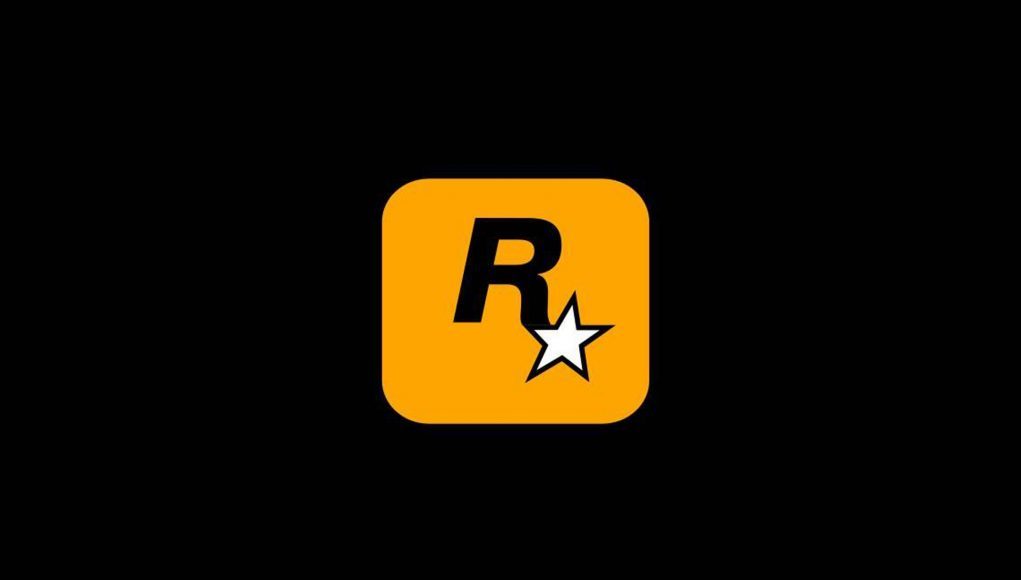Grand Theft Auto creators Rockstar Games could be working on an unannounced VR title, according to an actor’s résumé.
The news was first shared on the ResetEra forums, which linked the résumé of actor Michael Ursu, who is also known for his extensive work across film and TV as both an actor and voice actor.
Ursu lists a number of games on his résumé, including Silent Hill: Ascension, Wanderer VR, Adamantus, an undisclosed game from Genshin Impact studio miHoYo, an undisclosed Borderlands title, and an “Undisclosed Rockstar Game” where he would be the principal voice actor.
The résumé has since been updated to omit both the miHoYo title and Rockstar VR game.
Rockstar sits on an impressive amount of IP that could make its way to VR, although straight ports admittedly wouldn’t require fresh voice talent, like Rockstar’s VR port of L.A. Noire (2011) in 2017.
The studio announced in late 2021 that it would be bringing a port of Grand Theft Auto: San Andreas (2004) to the Quest platform at some point too; there’s been no update since then, including its release date or even a proper game trailer.
Getting a new open-world Rockstar title in VR that isn’t a port is a heady prospect, although the profit potential probably isn’t there yet for big ‘AAA’ studios. Like Ubisoft’s Assassin’s Creed Nexus, we may be in for a pared down (re: not open-world) version of any Rockstar IP, which includes Red Dead Redemption, GTA, Max Payne, L.A. Noire, Midnight Club, and Bully.







